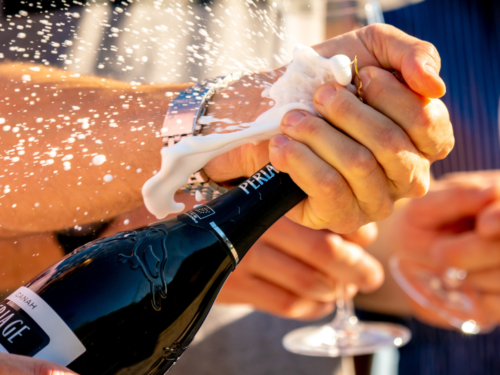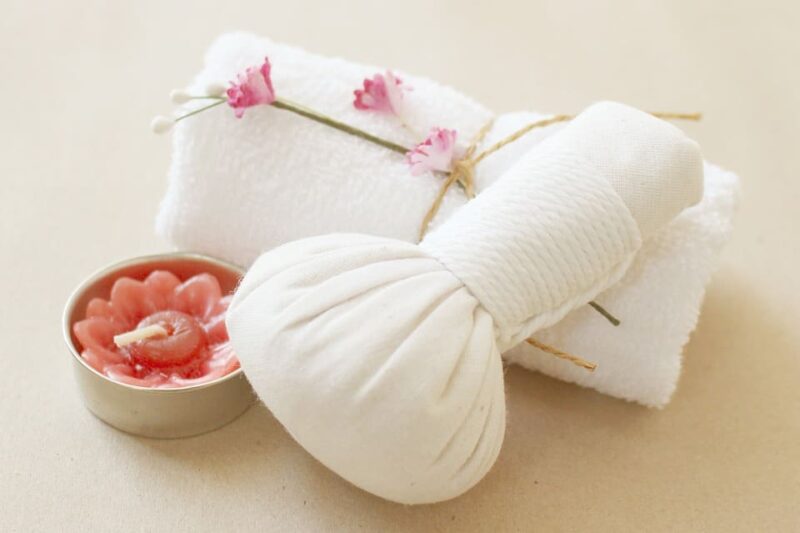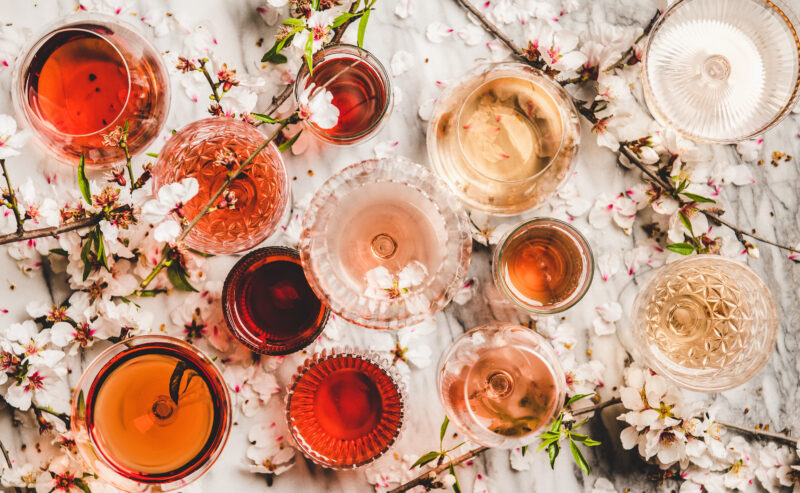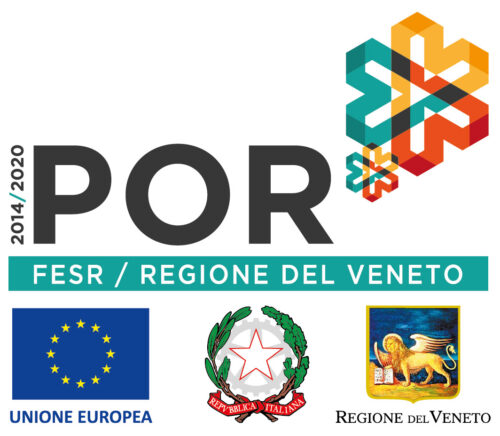Sparkling, semi-sparkling or still? The difference lies in the perlage
It’s all about bubbles, namely the perlage. The difference between sparkling, semi-sparkling and still wine lies in the quantity of bubbles you can find in the glass when you poure it. Perlage is a French word meaning ‘string of pearls’ and refers to the bubbles.
The formation of the perlage is the consequence of the release of carbon dioxide in wines (especially sparkling wines). It is the result of a chemical process that develops during the second fermentation: in this phase, the transformation and activity of sugars and yeasts leads to the production of ethyl alcohol and generates carbon dioxide that remains trapped in the bottle, returning to a liquid state due to the high pressure present.
Once the sparkling wine is uncorked and then poured, the atmospheric pressure drops causing a new change of state: the carbon dioxide returns to the gaseous state. These bubbles go on to form froth, until they reach a critical size beyond which they are released to leave room for other bubbles that are rising. This forms a chain of pearls, known as perlage.

What role does the perlage play in tasting?
During sparkling wines tasting, perlage plays a fundamental role. First and foremost, the bubbles rise to the surface and create a fascinating and pleasantly work of shapes.
From a sensory point of view, these tiny bubbles on their way up bring with them aromatic molecules that are then released. The perlage on the olfactory level emphasises and conveys the aromas, while on the gustatory level it reinforces the sensation of freshness.
During tasting, the visual examination of perlage is often used by sommeliers to give an initial qualitative analysis of sparkling and semi-sparkling wines.
If the bubbles are fine, numerous, persistent and rise quickly to the surface, the sparkling wine is considered to be of quality and plesant to the eye.
So, which is the difference between sparkling, semi-sparkling or still wine?
The distinctive elements in these three types of wine are: the amount of carbon dioxide (of bubbles) and the pressure inside the bottle.
Let us see the differences in detail:
Sparkling: wine in which the carbon dioxide is more than 6 g/l and the pressure in the bottle of 3-5 atmospheres. The created froth is more compact and the bubbles tend to be thinner and quicker in rising.
Semi-sparkling (frizzante): here we find between 2 and 5 g/l of carbon dioxide and a bottle pressure of between 1 and 2.5 atmospheres. The froth tends to be more evanescent and the bubbles are larger in size.
Still: in this type of wine carbon dioxide is present at very low levels, a maximum of 2 g/l. The pressure is also low, reaching a maximum of 1 atmosphere. Foam and perlage are therefore not present.
Among the Perlage sparkling wines, which has the most elegant and fine bubbles?
No doubt, Col di Manza Valdobbiadene Prosecco Superiore DOCG from biodynamic grapes. Don’t miss it!




